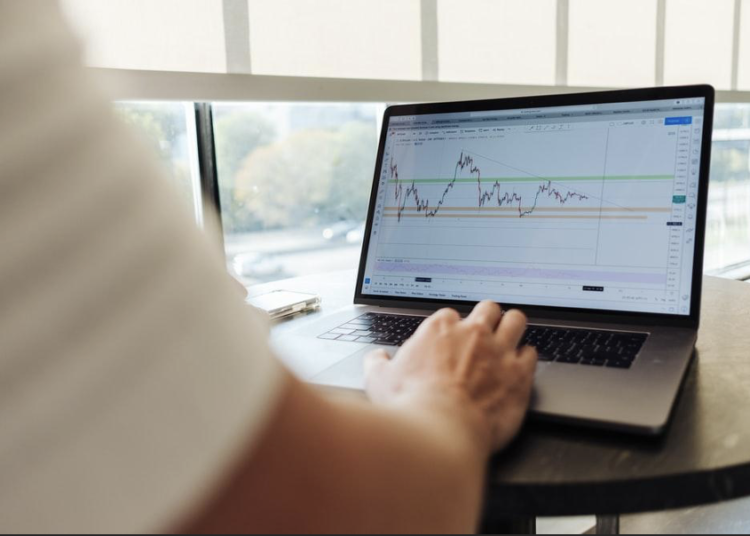Trading is often a long learning journey
You have probably heard about trading and investing in financial markets. You might have heard about the risks and the potential in those markets. To many people, the markets are risky and they prefer to spend their time doing other activities. But even though markets are indeed risky, there are many ways that allow you to significantly reduce those risks and protect your capital.
Below we will mention some of those ways and help you assess if daily trading activity is for you. Whether forex trading in Philippines or anywhere else in the world, give this read a few minutes, because it can help you make important decisions.
Different ways to manage risk in the financial markets
Markets are inherently risky, but there are several ways to mitigate your exposure. Here are some of them.
- Use a stop loss order. Your broker should enable you to set a stop loss order for every trade. This order will put a limit on how much you can lose on any trade. Let us say, for example, that you bought Apple CFD shares at a price of $170 per share, and you expect the price to reach $250. You set a stop loss at $140 for example, so that you do not lose more than $30 per share, while potentially earning $80 per share should the price reach that target. The market will stop you out automatically if you reach the stop loss level, and thus your risk will be capped.
- Reduce your lot size. Trading a larger lot size is riskier than trading a small lot size, since your exposure will be bigger. That is why, if you have a small account, you should not trade large lot sizes. With smaller lot sizes, your equity won’t fluctuate much, and you won’t lose a lot per single trade. Trading is a marathon rather than a sprint, and thus you need to focus on the long term.
- Don’t use excessive leverage. Leverage enables you to trade with a larger capital than that you have deposited. For example, if you use a 1:30 leverage you will need $100 margin for every $3000 you trade, whereas if you use 1:100 leverage you will be able to trade $10000 with a $100 margin. Needless to say, higher leverage means large fluctuations in your equity and can significantly increase risk. You can reduce this risk by asking your broker to offer you a smaller leverage.
- Trade using a demo account first. A demo account enables you to test the waters before taking a full plunge. You can use it to trade with virtual money without risking a single dollar. Once you feel comfortable with trading, you can move forward to a real account with real money. It is better to confirm you are trading successfully on the demo account before investing real money.
Conclusion
Trading can involve risk. However, there are many ways to keep those risks at bay. Using a demo account first will help you determine whether trading is for you. Despite this, it is important not to jump to conclusions quickly as trading takes time to learn. Having a good mentor generally gives you a great push forward.





